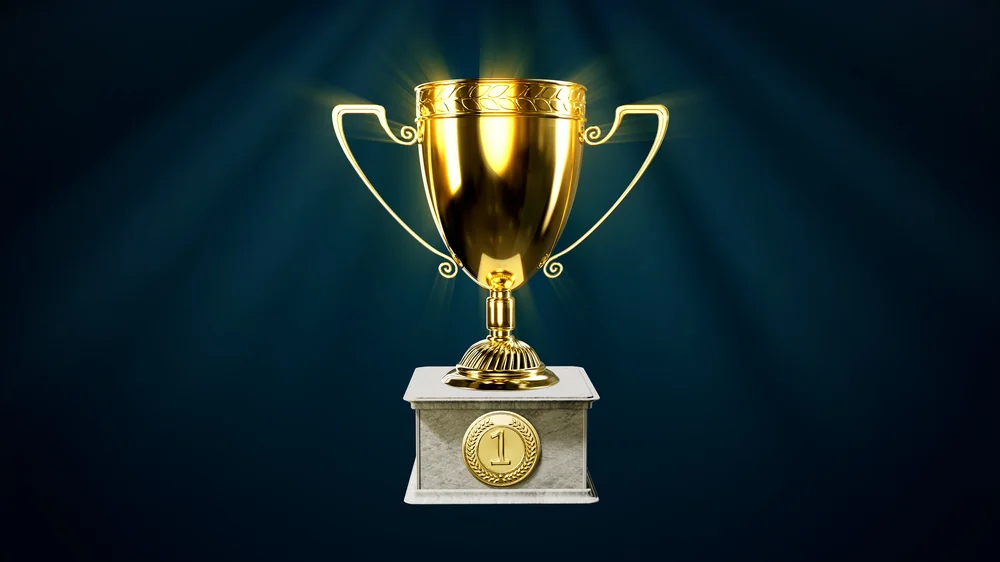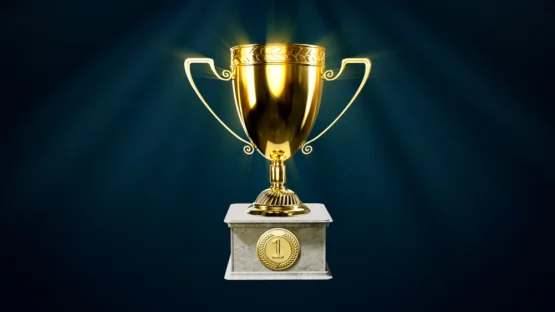On January 22nd, hack-age won the 2023 LongHack competition, which carried a grand prize of 5,500 VITA and 3,500 USD. Lifespan.io caught up with the team behind the winning project to learn more about their idea and their experience competing in the hackathon.
What is LongHack?
LongHack is a hackathon organized by VitaDAO and its partners with the aim of accelerating longevity research and increasing awareness of the field. The January event was the second-ever hackathon held, and it brought together hundreds of interested participants. This was narrowed down to ten impressive teams: AGen-iNET, AdStella Therapeutics, BELLEROPHON, Chiranjivi, DETECT-ALL, GeneWeavers, Gigachads, Grey Matter, hack-age, and PharmaPros.
Out of these ten, four teams, including hack-age, took home a prize in honor of their work. 5,500 VITA and 3,500 USDC went to hack-age, 2,500 VITA and 1,500 USDC went to AdStella, 1,000 VITA and 1,000 EUR went to AGen-iNET, and 1,000 VITA went to GeneWeavers.
Who is the team behind the first-prize winning entry?
The hack-age team is comprised of four individuals: Dauken Seitkali, a data scientist and founder of AgzaThera, a drug discovery biotech; Mikolaj Rzuczkowski, On Deck biotech longevity fellow and medical doctor; Roman Litvinov, Senior Researcher; and Rakhan Aimbetov, LabDAO lead, analyst at Longaevus Technologies, and founder of hack-age.
What does hack-age do and hope to achieve?
The group describes itself as a goal-driven association of passionate individuals unified by a vision: rejuvenation of the extracellular matrix.
Accumulation of advanced glycation end-products (AGEs) during a person’s lifetime contributes to the development of age-related conditions and health issues. Their removal and/or prevention of formation, could be a promising therapeutic modality that could consequently reduce or mitigate the physiological deterioration connected with aging.
The goal of hack-age is to utilize machine learning (ML) and artificial intelligence (AI) technologies, specifically in silico screens and modeling tools, to create and develop such therapies through to the clinical/pre-clinical stage.
Simple sugars, such as glucose, and toxic sugar-derived metabolites react with and harm proteins and DNA in our bodies. This is especially evident during diabetes when there’s elevated blood glucose levels due to reduced capacity of our cells to take it up, leading to accelerated damage.
This damage eventually compounds and brings about various pathologies, i.e., diabetic complications. The enzyme called glyoxalase I (Glo1) removes one such very reactive and noxious chemical, methylglyoxal, but during diabetes its activity is overridden by too much influx of sugars and derived metabolites.
Our solution is to enhance the natural capacity of Glo1 by means of directed evolution, or getting desired traits by molecular biology techniques, and subsequent delivery of instructions to make the engineered enzyme into the cells of people suffering from diabetes.
Thanks for speaking with us. You must be excited about your victory. So, could you tell us how you first heard about LongHack and what inspired you to enter?
Rakhan: I first learned about the VitaDAO Longevity Hackathon as one of the projects in a 2022 Gitcoin grants round. When the hackathon dates were made known, I decided I should be there – alone or with a team. Fortunately, I had people in my network whom I wanted to see at my side during the contest. Since glycation is my main scientific interest, I assembled a team of folks I knew were into glycation too. Basically, we were on the same page from the get-go.
Dauken: I’ve heard about LongHack from my teammate Rakhan. I was inspired by hackathon tracks and experts.
Roman: My inspiration is the exceptional complexity of the problem of aging. Events like the hackathon stimulate those parts of the brain that generate new ideas, and sometimes these ideas can even be realized.
Mikolaj: I originally heard about it through an announcement on On Deck Longevity Biotech the year of its inauguration. I joined this year because my team was involved.
Was this your first hackathon experience?
Rakhan: Yes, it was. The main thing that drove me was curiosity – I wanted to experience what being in a hackathon feels like.
Dauken: No, but it was my first hackathon that was held entirely online.
Roman: The very first. In my life.
Mikolaj: No, my second. I had participated in a GPT-3 hackathon a year or two prior.
Tell us about your LongHack experience. How was it? Did you experience any challenges? Did you get much sleep?
Rakhan: It was very natural! We got together, we discussed, we interacted with mentors, we ideated, strategized, built, and executed. The biggest challenge was to focus on one idea and sacrifice things that are dear to our hearts but distract from the project’s core. And we peeled and carved until the message was crisp and super simple.
Dauken: The LongHack events and sessions were well organized, mentors were available to help with any issues. The most challenging was fitting the time zone difference, in our region it was night-time.
Roman: It all began as an opportunity to entertain myself in my work-free time, but turned into hack-age, a company that eventually will focus its efforts on the development of unique anti-aging biotech (and pharmaceutical) products. Sleep is the most needful thing in order to be able to generate ideas. Sometimes sleep becomes the sole pleasure in life since all other time is dedicated to hard work.
Mikolaj: It was a great and intense experience. I’m fortunate to have worked with such dedicated and motivated individuals, who were able to work together and integrate mentors’ advice into our workflow.
How did you come up with the idea for the project, and what was the most interesting part of the process?
Rakhan: We reasoned that our thing must be broad in scope, generalizable and scalable, and easy to build at the same time. So, we brainstormed and made a longlist of pathways, targets, and a contingency plan too.
By the end of the ideation weekend, we conceptualized the software platform and narrowed down our list to one use case to showcase the platform’s capabilities. In effect, our project was oriented towards a SaaS business model initially.
During the main hackathon part, though, we pivoted 180 degrees to offer an actual therapy candidate that can be made using the platform we built as our main product. This was really exciting!
Personally, the most interesting part was making our idea and presentation slightly better with every iteration until they’re tight and shiny and we’re happy with them. So, when I presented, I was 100% sure that what we have is good.
Dauken: Our team was formed a few months before the hackathon started and we had some ideas for a longevity project. Then on ideation weekend, we came up with a final idea for the project that best fits our interest and meets LongHack requirements. The most interesting part was decision making on the project strategy.
Roman: In the ideation process, communication is crucial. When you explain your project to mentors, something clicks in your head and an idea pops up. And yes, an important role of a mentor is to be an idea acceptor and taster. I would love to especially thank Helena [Helena Slama, LongHack mentor and Chief Medical Advisor to IHCHI – Institute for Human Centred Health Innovation] who conducted the “grandma test” for newly born ideas. That’s exactly how the idea to name our vector-delivered deglycating enzyme the “vaccine against aging” came to be. Helena’s lessons hold a special place in my memory.
Mikolaj: I had joined later into the project’s inception, though I had been interested in the involvement of the ECM in aging ever since reading Fedinstev’s and Moskalev’s review on stochastic non enzymatic modification of long-lived macromolecules. I was excited to join the team, as they all had interest in directed evolution, which I’ve been curious about as a mechanism to develop aging therapeutics for some time.
Now that you’ve won, what’s your next steps?
Rakhan: We’ve come up with a ton of good ideas. Now we will execute on them and test for viability.
Dauken: It is just the first baby steps of our big journey. Our next steps are to finish in the silico part and move to laboratory experiments.
Roman: The next step is the launch of hack-age as a company and further combat for mitigation of the manifestations of age in the matrix (now in practice).
Mikolaj: We’re excited to continue developing our pipeline and working together with LabDAO to achieve our goals.
Will you enter any more hackathons?
Rakhan: Definitely!
Dauken: More likely to enter accelerators as our project is going to be more mature, I believe.
Roman: You can come up with only one thing in your life, but this thing better be significant. That’s why too frequent participation in hackathons might lose the essence of a hackathon as a stage for idea generation. For the next event, I would rather suggest inviting the previous contest winners so that they can tell if they managed to turn their idea into a viable project. However, if thoughts require warm-up, participation to satisfy this need is a good reason for showing up.
Mikolaj: Looking forward to it!
What advice would you give to someone thinking of joining a hackathon / LongHack?
Rakhan: Do your homework and show up with a plan. Have a core team that knows each other and worked together on something in the past, so that you don’t lose time on getting to know each other’s strengths and are less likely to run into personality incompatibility issues. And foremostly, set your ego aside and aim to win big — as a team!
Dauken: Be flexible to change your mind or to look at your idea from other angles.
Roman: Cultivate interest and love for what you do, and you will think about it constantly. Then ideas will visit often, so often that you will have to write them down. Afterwards, their realization will become a question of time and circumstance.
Mikolaj: Definitely give it a go. Even if you aren’t able to work on something that interests you in your first hackathon, you’ll be able to use that experience for subsequent ones (my time in the GPT3 hackathon was spent helping with someone else’s interests, but my time in LongHack was right in line with my personal interest).
Thanks for your time, Rakhan, Dauken, Roman, and Mikolaj. We wish you all the best in your next steps, and congratulations on your victory.
Summary
Ten selected teams worked from January 20th to 22nd, competing in the LongHack weekend to solve an issue related to longevity science. Four teams took home a prize, with hack-age taking first place and winning 5,500 VITA and 3,500 USDC for their entry based on an AI/ML solution for AGEs.





